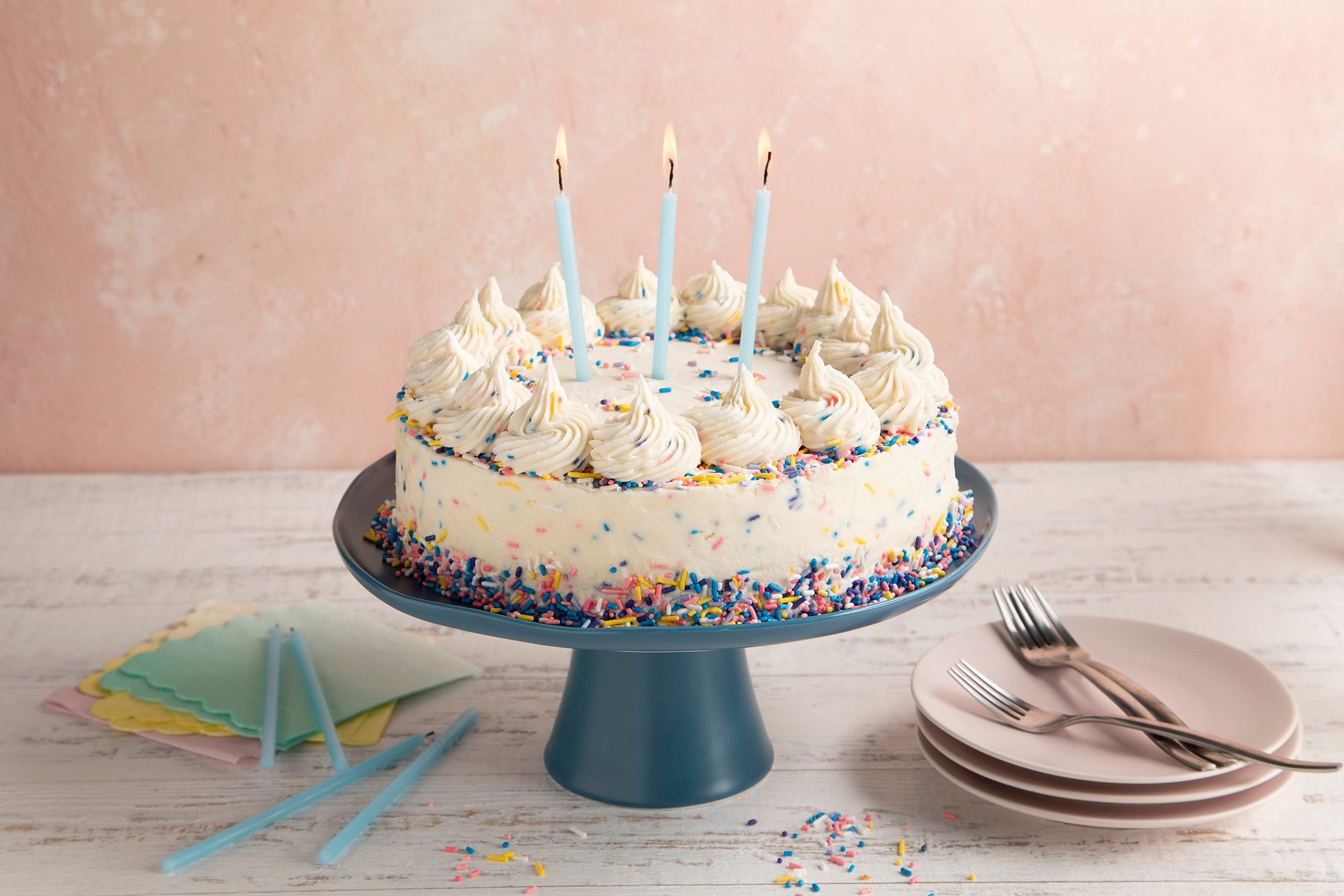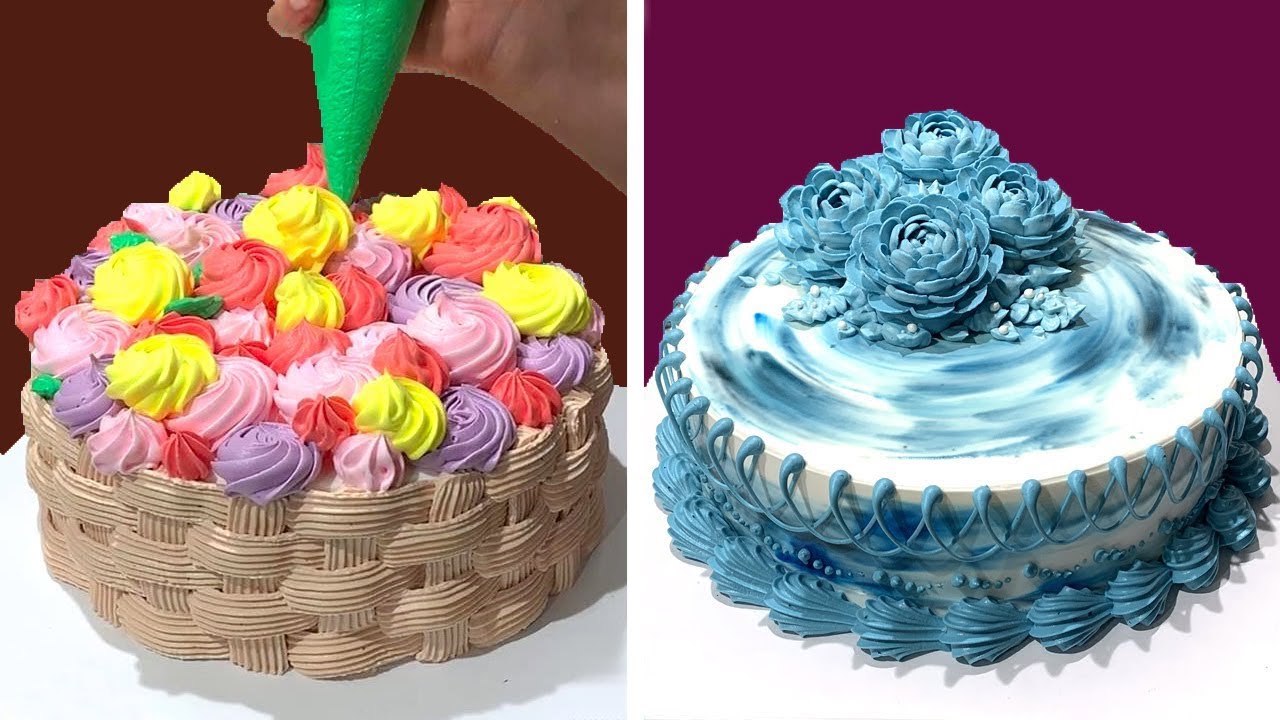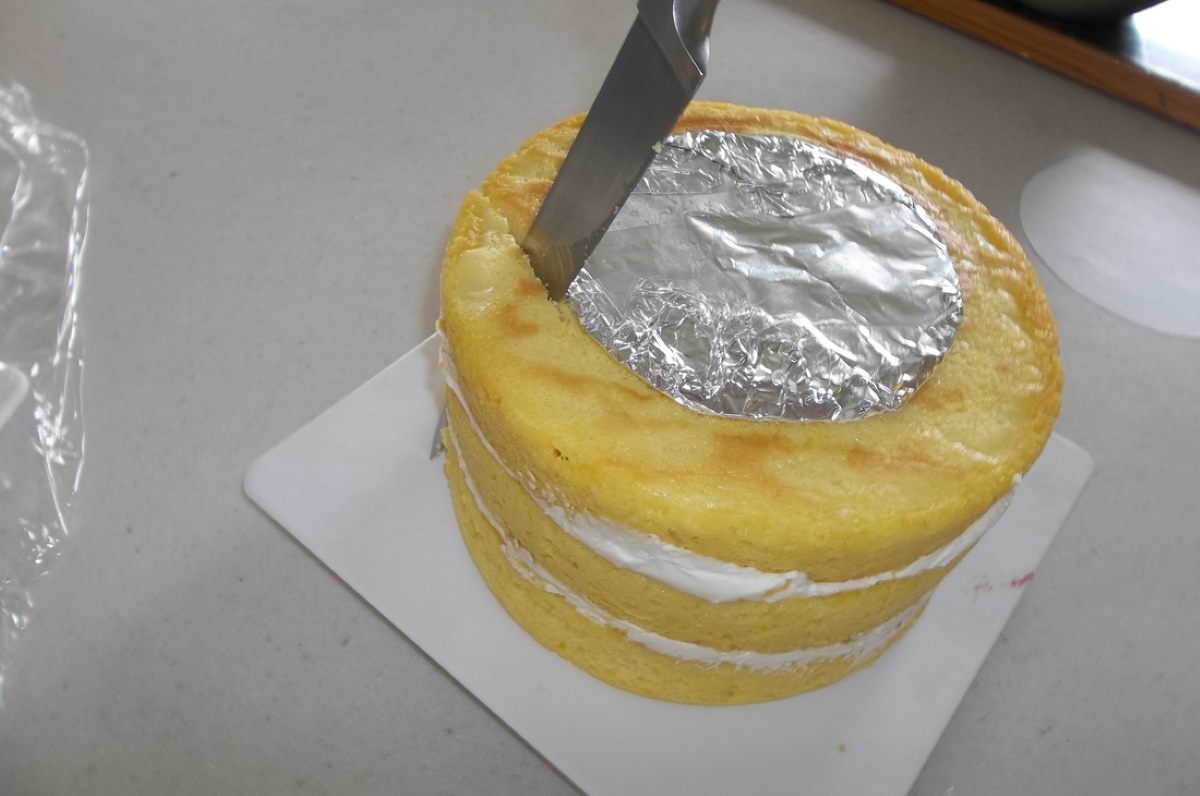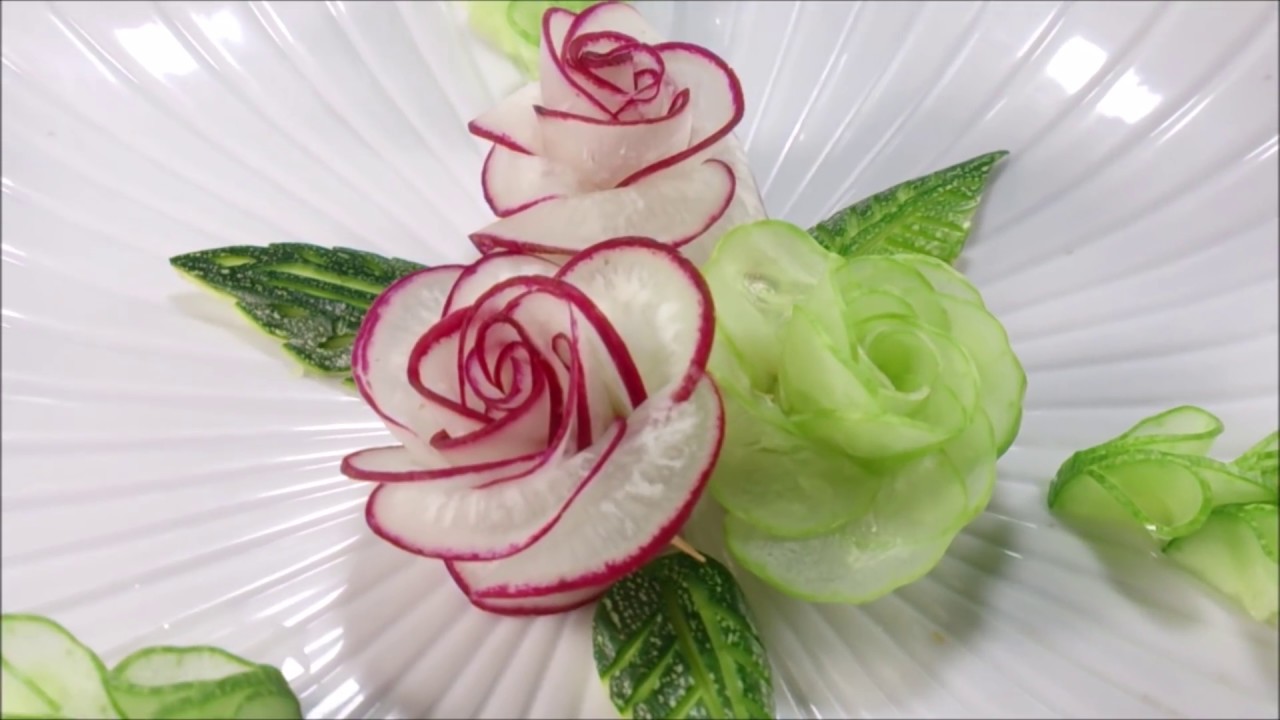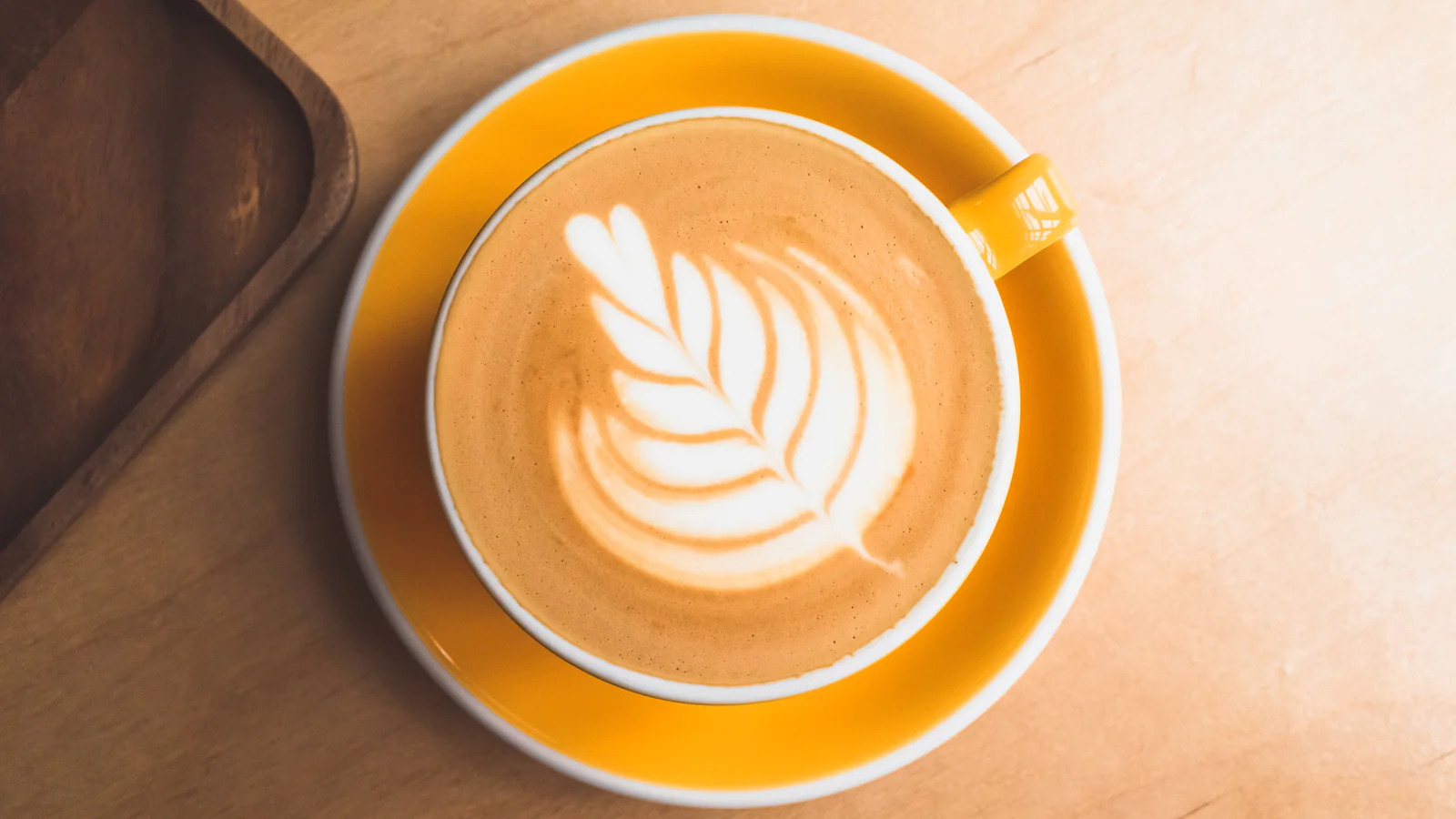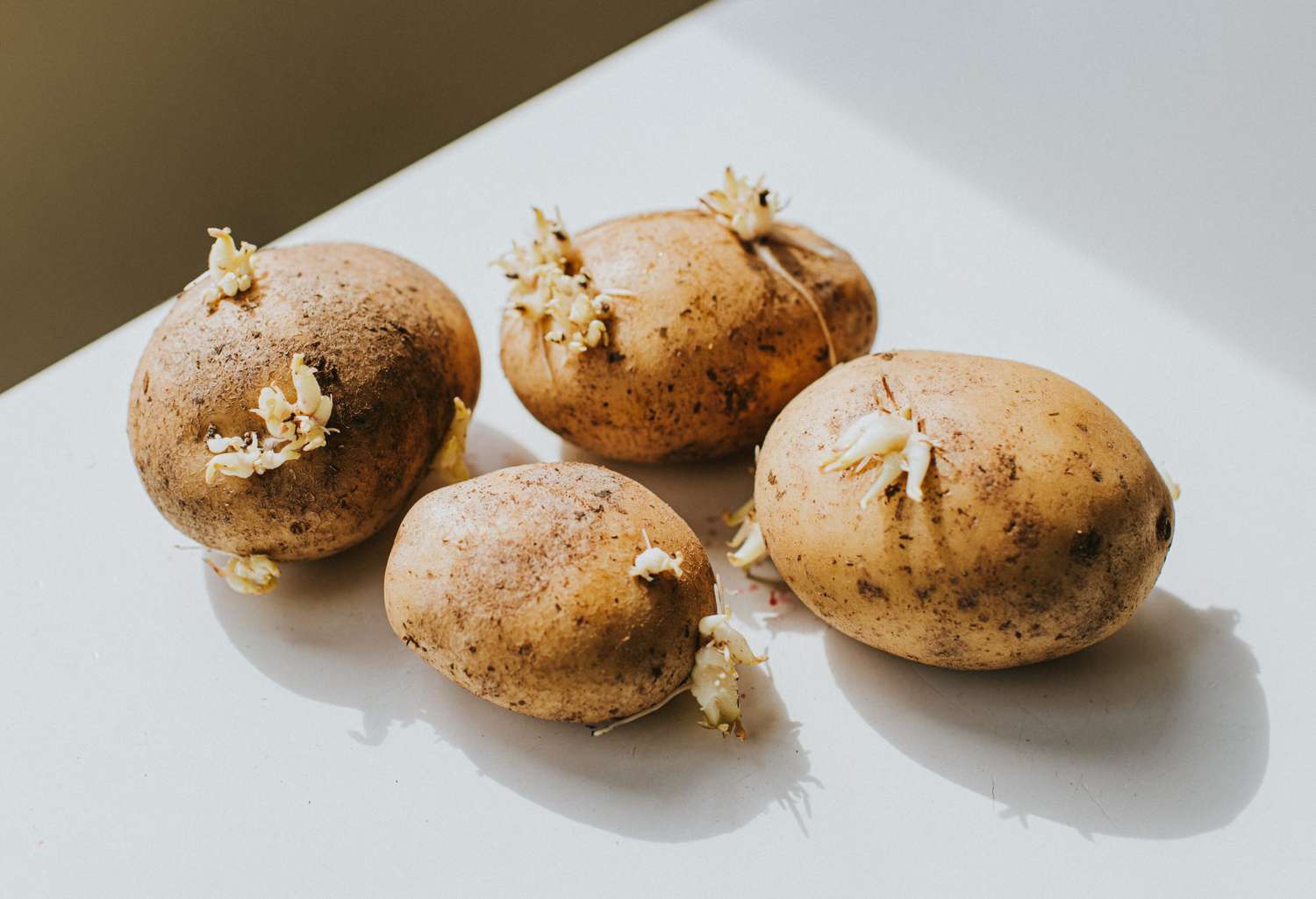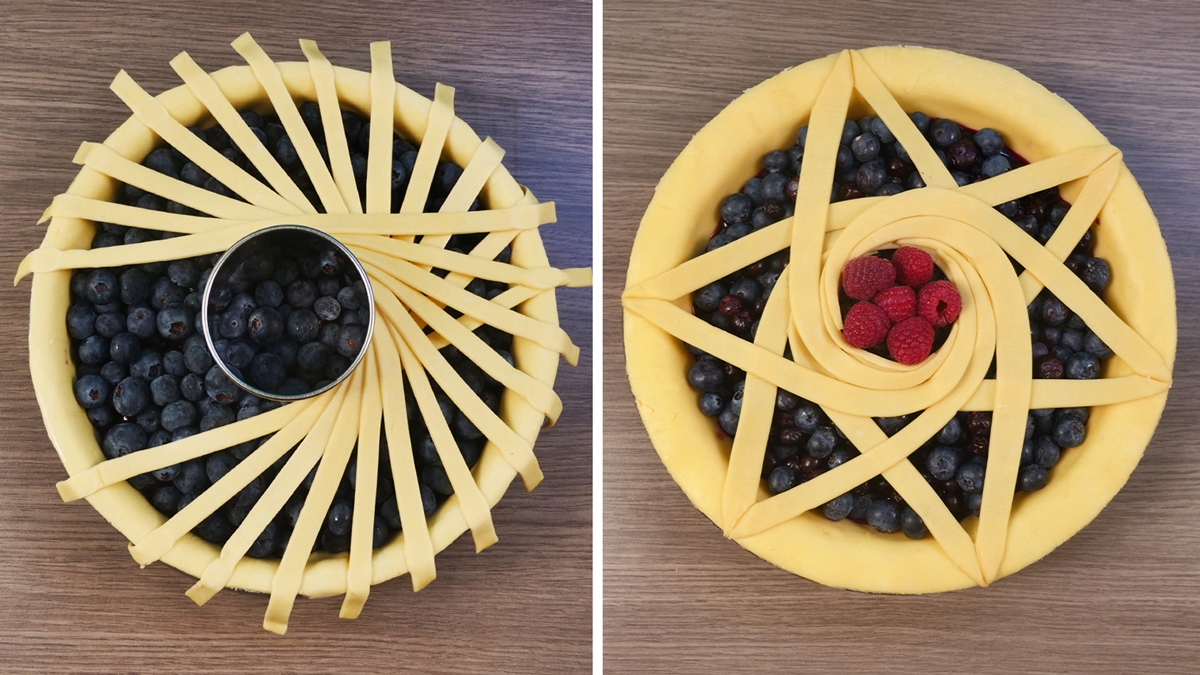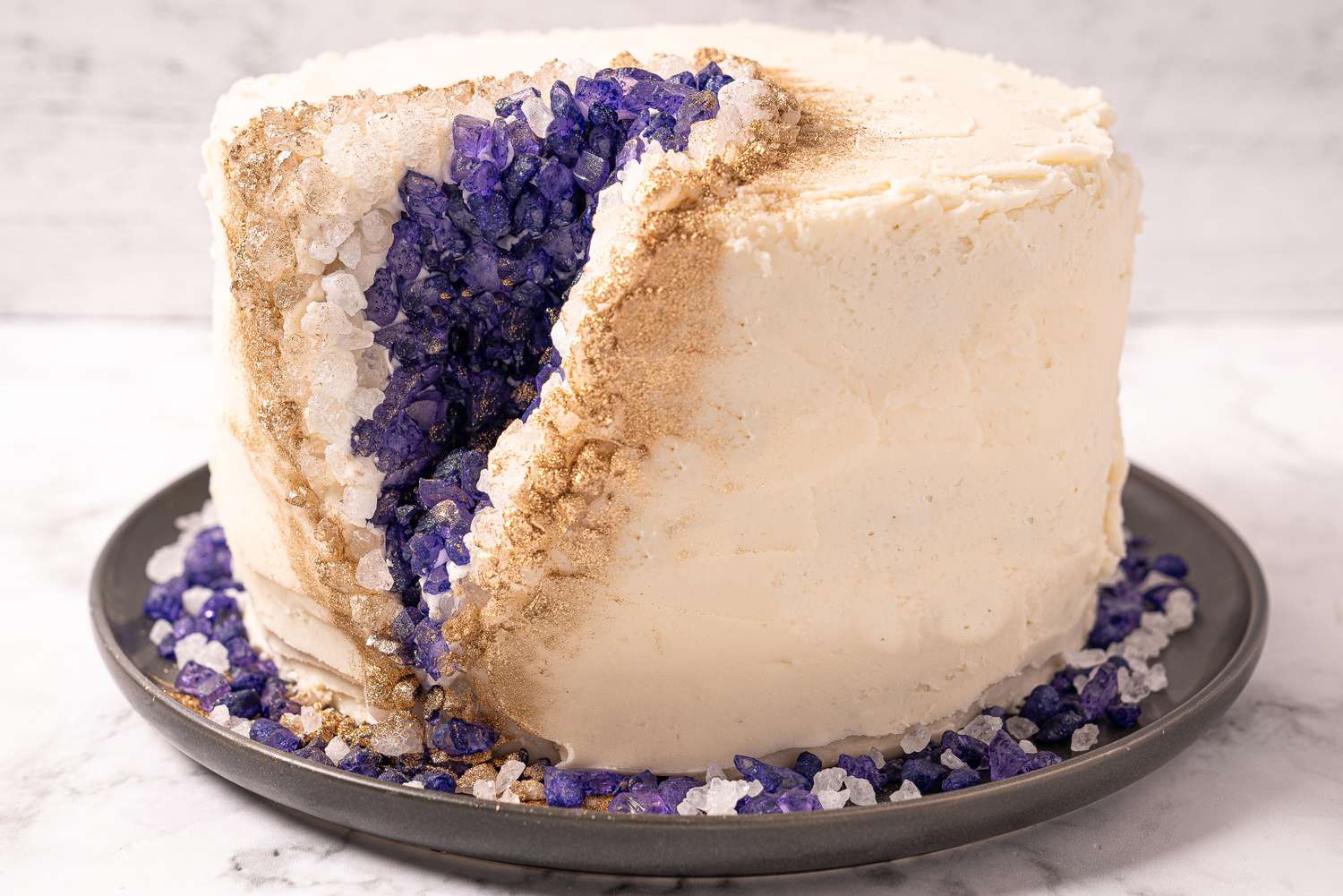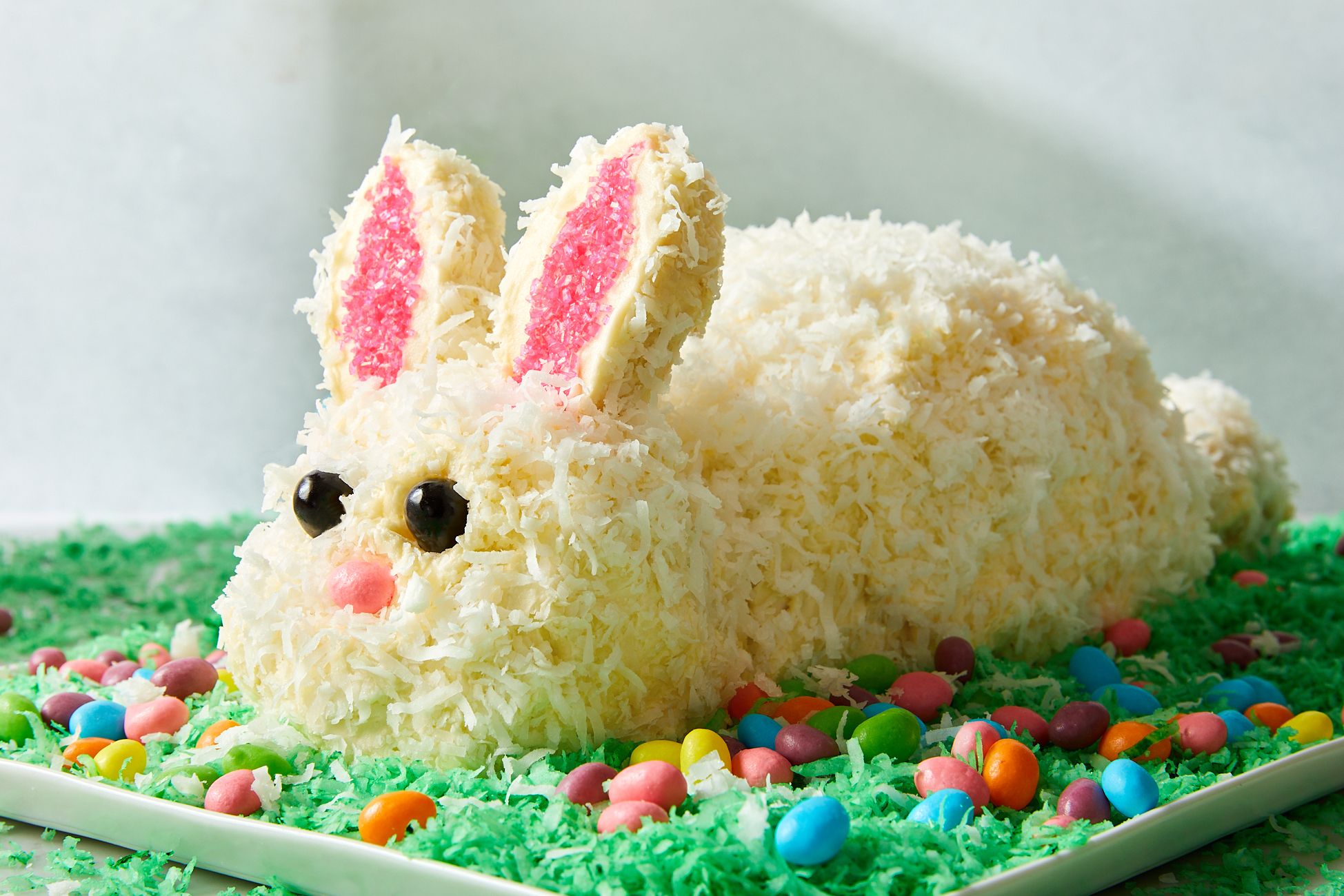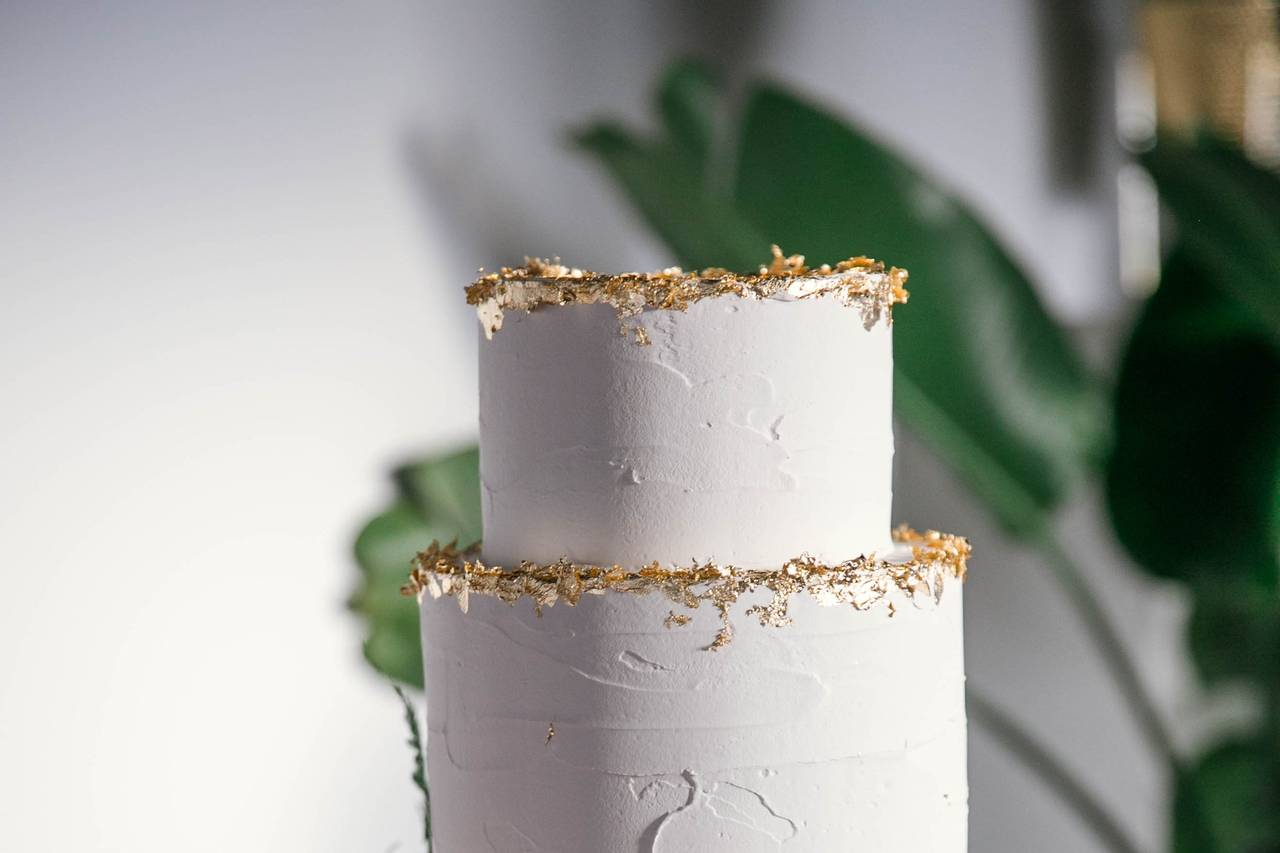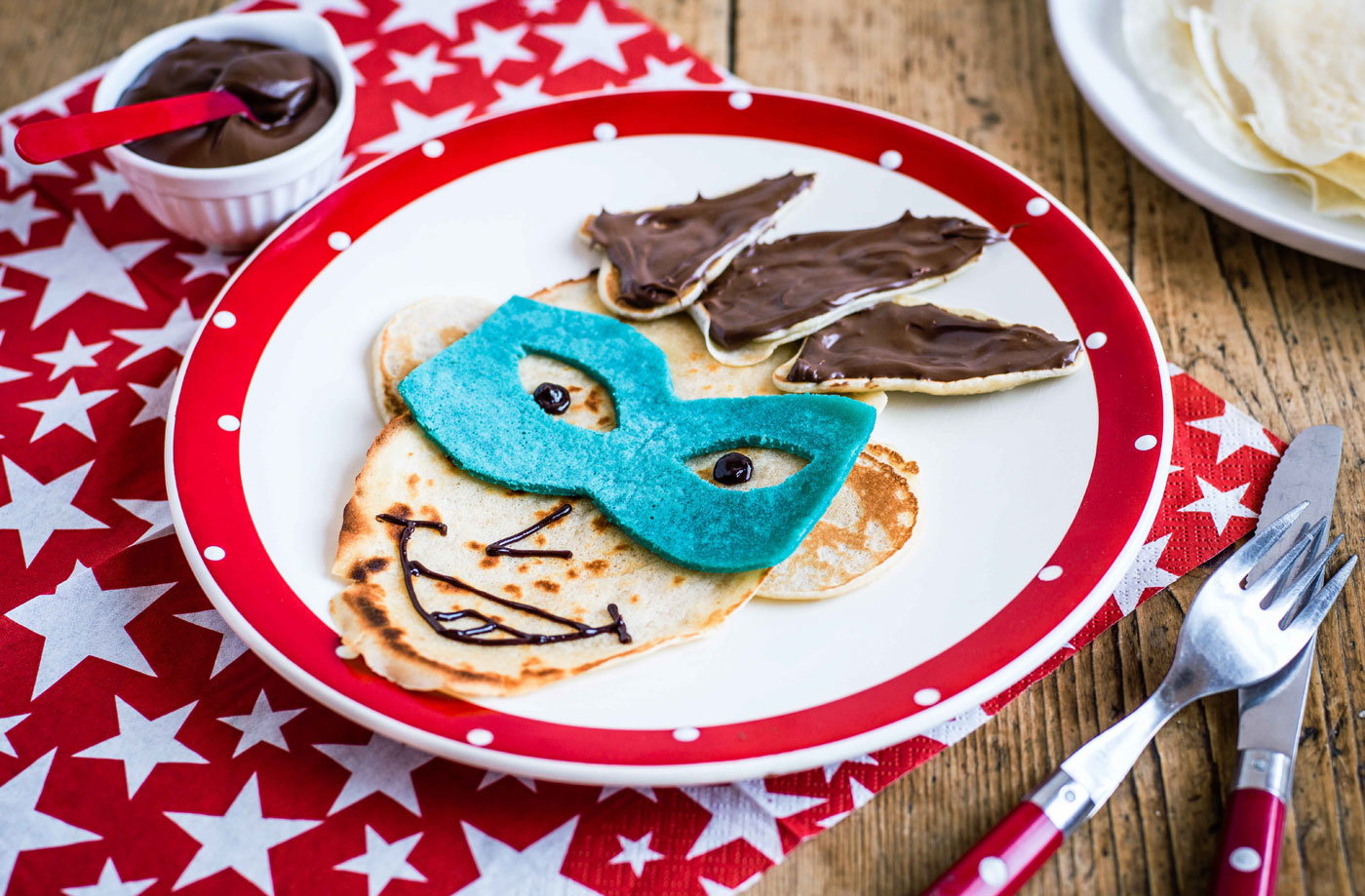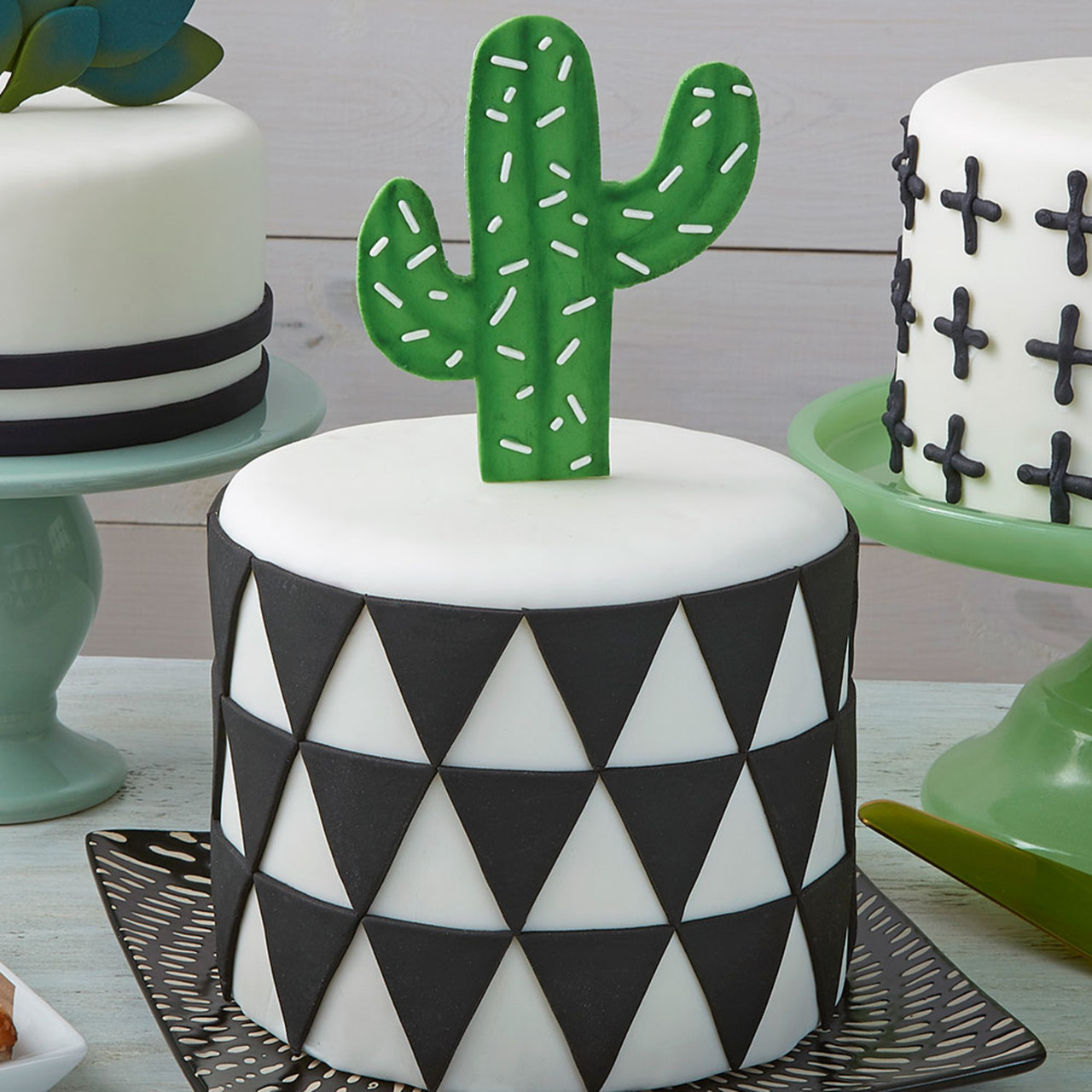Imagine a world where you can eat the wrapper along with your snack. Edible packaging design is transforming how we think about food and waste. This innovative approach not only reduces plastic pollution but also adds a unique twist to culinary experiences. From seaweed-based wraps to rice paper, the possibilities are endless. Whether you're a home cook or a professional chef, mastering edible packaging can elevate your dishes while being eco-friendly. Dive into the basics, explore creative ideas, and learn how to make your meals both delicious and sustainable. Ready to get started? Let's dig in!
Essential Ingredients for Crafting Edible Packaging
- Biodegradable materials such as cornstarch, seaweed, and rice paper
- Natural dyes for coloring, derived from fruits, vegetables, or spices
- Edible adhesives like honey, syrup, or agar-agar
- Flavor enhancers including salt, sugar, herbs, and spices
- Molds and shaping tools to create desired forms and structures
- Packaging design software for planning and visualizing the final product
- Testing ingredients to ensure safety and palatability
- Preservatives (natural where possible) to extend shelf life without compromising edibility
The Must-Have Tools for Creating Edible Packaging
Tools Needed for Mastering the Art of Edible Packaging Design
-
Mixing Bowls
- Various sizes for different ingredients
-
Measuring Cups and Spoons
- Accurate measurements ensure consistency
-
Silicone Baking Mats
- Non-stick surface for easy removal
-
Rolling Pin
- Flatten dough or edible materials evenly
-
Cookie Cutters
- Shape the packaging into desired forms
-
Food Processor
- Blend ingredients to a smooth consistency
-
Dehydrator
- Remove moisture without cooking the material
-
Parchment Paper
- Prevent sticking during baking or drying
-
Pastry Brush
- Apply glazes or coatings evenly
-
Edible Inks and Pens
- Decorate or label the packaging
-
Heat Sealer
- Seal edges of edible films or sheets
-
Kitchen Scale
- Weigh ingredients for precision
-
Oven
- Bake or dry the edible materials
-
Cooling Racks
- Allow air circulation to cool items evenly
-
Sharp Knives
- Cut clean edges or intricate designs
-
Spatulas
- Mix, spread, or lift delicate items
-
Blender
- Puree fruits or vegetables for edible films
-
Thermometer
- Monitor temperatures to avoid overcooking
-
Cutting Board
- Protect surfaces while cutting or shaping
-
Spray Bottle
- Mist water or edible solutions for flexibility
-
Storage Containers
- Keep ingredients fresh and organized
Use rice paper or seaweed for edible packaging. They are eco-friendly, add flavor, and can hold various foods. Experiment with shapes and sizes to enhance presentation and functionality.
The Importance of Edible Packaging
Edible packaging reduces waste and promotes sustainability. Made from natural ingredients, it decomposes easily, unlike plastic. This innovation also adds flavor and nutrition to meals. By using edible packaging, we support a greener planet and create a more eco-friendly future. It's a tasty, environmentally conscious choice.
Your Guide to Crafting Edible Packaging
Mastering the Art of Edible Packaging Design
-
Understand Your Ingredients
- Research biodegradable materials like seaweed, rice paper, or beeswax. Each has unique properties suitable for different types of food.
- Experiment with natural dyes for coloring, ensuring they're safe for consumption.
-
Design for Durability
- Test various thickness levels of your chosen material to find the perfect balance between durability and edibility.
- Incorporate natural preservatives like salt or vinegar to enhance shelf life without compromising safety.
-
Focus on Functionality
- Ensure the packaging design is practical, keeping the food fresh and protected.
- Design for ease of opening, considering how the consumer will interact with the packaging.
-
Consider Aesthetics
- Use innovative shapes and textures to make the packaging visually appealing.
- Branding is key; use edible ink for logos or instructions to maintain brand identity.
-
Test for Safety and Compliance
- Conduct thorough testing to ensure the packaging is food-safe and complies with local food safety regulations.
- Obtain necessary certifications to build trust with consumers.
-
Sustainability is Key
- Highlight the eco-friendly aspect of edible packaging in marketing efforts.
- Educate consumers on how to dispose of or consume the packaging properly.
-
Consumer Education
- Create informative materials on the benefits and proper use of edible packaging.
- Offer suggestions for how the packaging can be consumed or repurposed.
-
Iterate Based on Feedback
- Collect consumer feedback on the usability, taste, and overall experience of the edible packaging.
- Use insights to refine the design, improving both functionality and appeal.
The Future of Edible Packaging
Edible packaging is more than a trend. It's a sustainable solution that can revolutionize how we think about waste. By using natural ingredients like seaweed, rice paper, and even fruit peels, we can create packaging that's not only eco-friendly but also delicious. Imagine biting into a crispy wrapper after enjoying a sandwich or dissolving a flavored film in your soup. The possibilities are endless.
To get started, experiment with simple recipes and ingredients you already have. Try making rice paper wraps or gelatin films. As you get more comfortable, explore more complex designs and flavors. Remember, the goal is to create packaging that's both functional and tasty.
Edible packaging is a step towards a greener future. Let's embrace it and make our meals more sustainable and enjoyable.
Everything You Wanted to Know About Edible Packaging
What exactly is edible packaging?
Imagine wrapping your sandwich in something you can eat instead of throwing away. That's edible packaging for you! It's made from natural, food-grade materials that are safe to consume. So, not only does your food stay fresh, but you also reduce waste. Pretty neat, huh?
How does edible packaging help the environment?
Every bit of edible packaging you munch on is one less piece of plastic ending up in landfills or oceans. By choosing products with edible packaging, you're giving our planet a big high-five. Less trash, more sustainability.
Can edible packaging actually taste good?
You bet! Edible packaging isn't just about being eco-friendly; it's also about adding an extra layer of flavor to your meals. Imagine chocolate-coated nuts where the coating is also the package. Delicious and clever!
Is edible packaging safe for everyone?
Absolutely! Made from food-grade materials, edible packaging is designed to be safe for all. However, if you have specific allergies, it's always smart to check the ingredients list, just like you would with any other food product.
How long does edible packaging keep food fresh?
Just like traditional packaging, edible packaging is crafted to protect your food from the elements, keeping it fresh. The exact shelf life depends on the type of food and packaging material, but innovators in this field are always finding new ways to extend it.
Where can I find products with edible packaging?
More and more brands are jumping on the edible packaging bandwagon, so keep your eyes peeled at your local grocery store or online. From snacks to beverages, you're likely to spot these eco-friendly options in various aisles.
Can I make my own edible packaging at home?
Sure thing! With a bit of creativity and some kitchen experimentation, you can whip up your own edible packaging. Start simple, like using rice paper wraps for candies or fresh fruit peels for small snacks. It's a fun way to reduce waste and impress your friends!
